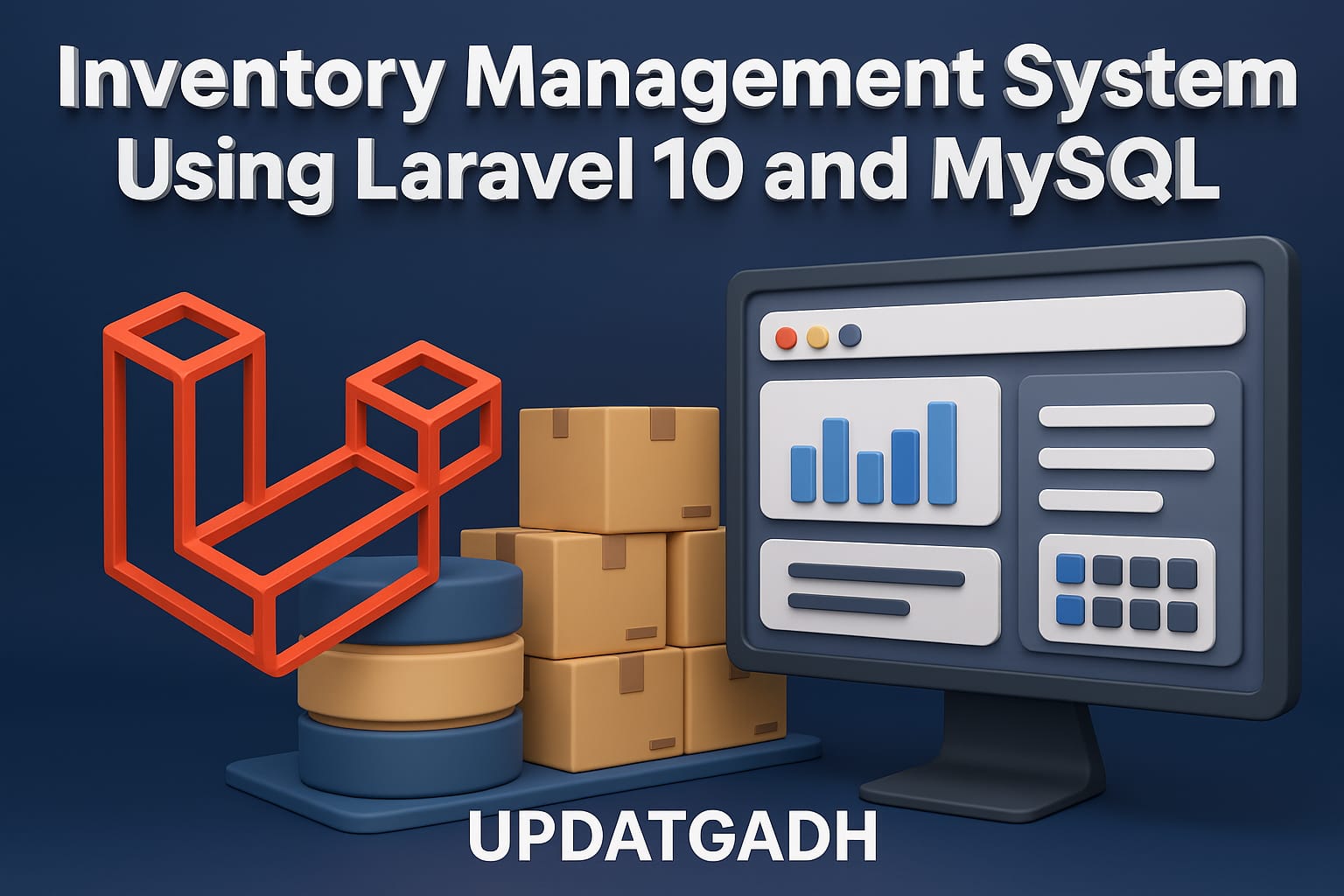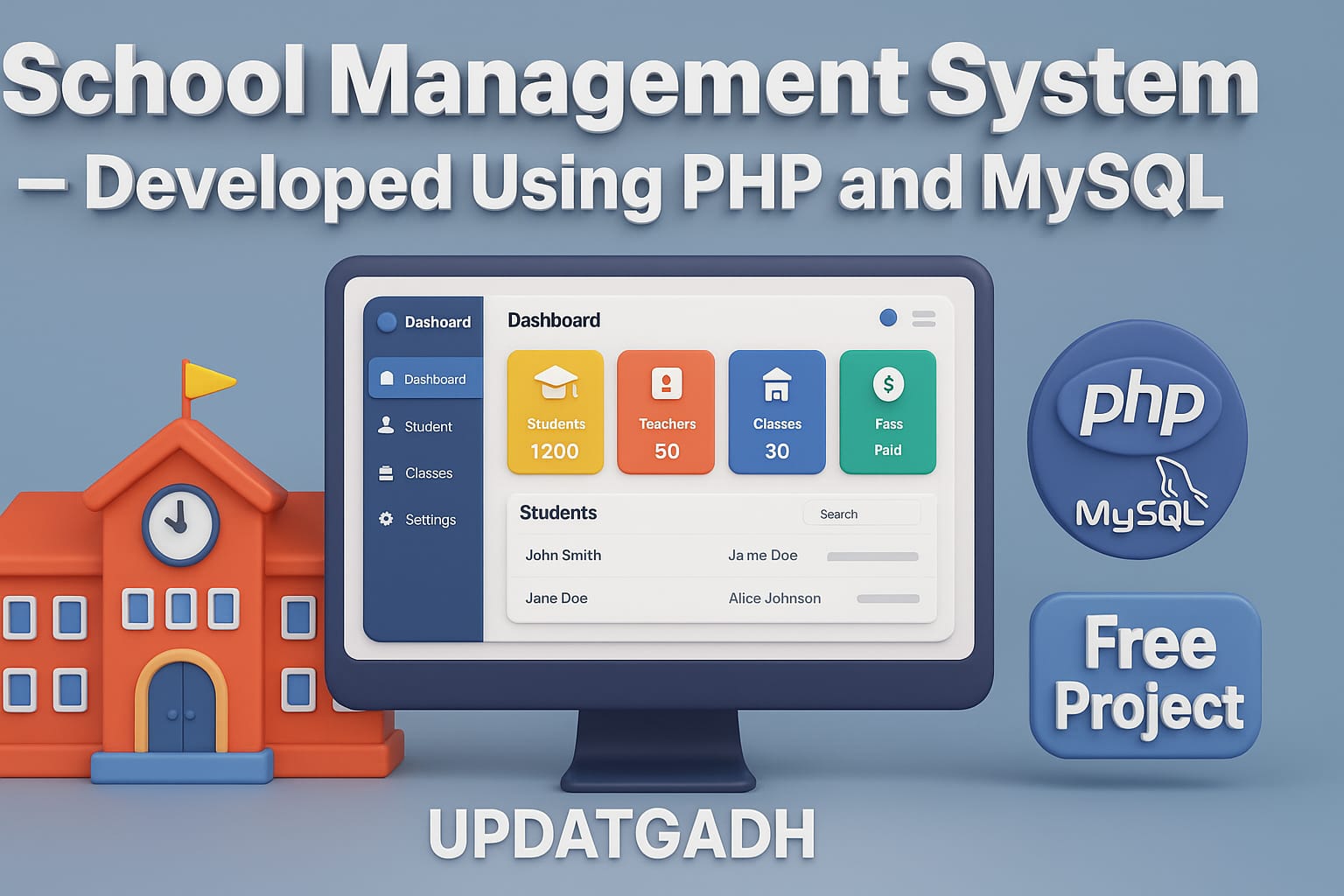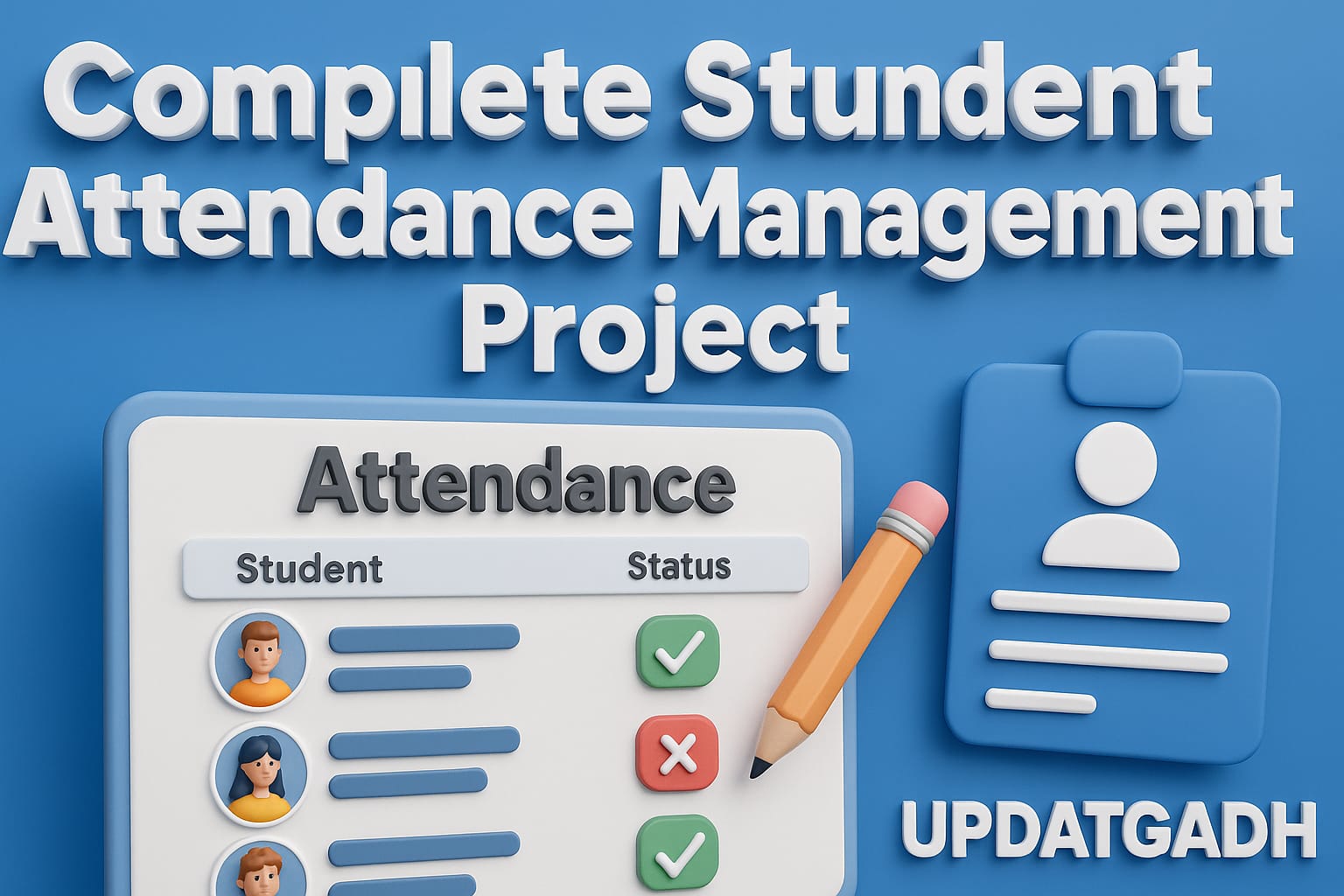
Free Source Code :Building a Job Portal web application using Java, JSP, MySQL
Building a Job Portal Web Application with Java, JSP, and MySQL
Introduction
In today’s fast-paced world, job hunting has become increasingly digitalized. Job portals play a pivotal role in connecting job seekers with employers efficiently. In this blog post, we’ll delve into the development of a Job Portal web application using Java, JSP (JavaServer Pages), and MySQL. This project aims to streamline the job search process for both candidates and recruiters, offering essential features and functionality.
Check 50+ JAVA Projects with Source Code
Step 1: Making the Project
The first step involves setting up the project structure. Using Java as the backend language and JSP for dynamic web page generation, developers can create a robust web application. The project should include modules for user authentication, job listing, search functionality, application submission, and administrative features.
| Name | Required |
|---|---|
| Project Name | Job Portal web application using using Java, JSP, MySQL (JSP) |
| Project Platform | JSP |
| Programming Language | Servlet/JSP/Bootstrap/HTML/MySQL |
| Front End | Html, css, js, jsp, |
| Back End | java, MySQL |
| IDE Tool | Eclipse Neon |
| Database | MySQL |
| Project Type | Web Application |
Step 2: Essential Features
- User Authentication: Allow users to register, log in, and manage their profiles.
- Job Listing: Enable employers to post job openings with detailed descriptions.
- Search Functionality: Implement advanced search filters for job seekers to find relevant positions.
- Application Submission: Enable candidates to apply for jobs directly through the platform.
- Admin Panel: Provide administrators with tools to manage users, job listings, and applications.
Step 3: Required Software and Tools
Developers will require the following software and tools:
- Java Development Kit (JDK)
- Integrated Development Environment (IDE) like IntelliJ IDEA or Eclipse
- Apache Tomcat for deploying the web application
- MySQL database for storing user and job-related data
| Technologies Used |
|---|
| Java |
| J2EE |
| Servlets |
| JSP |
| HTML |
| CSS |
| Bootstrap |
| Tomcat Server |
| Hardware Requirements | Check |
|---|---|
| Processor | Pentium IV |
| Hard Disk | 40GB |
| RAM | 512MB or more |
| Software Requirements | |
|---|---|
| Operating System | Windows 10/11/7 or Linux |
| User Interface | HTML, CSS |
| Client-side Scripting | JavaScript |
| Programming Language | Java |
| Web Applications | JDBC, Servlets, JSP |
| Database | MySQL |
| Server Deployment | Tomcat 5.0 |
Step 4: Running Project
After setting up the environment and configuring the database, developers can compile and deploy the project on a local or remote server. They can test the functionality to ensure seamless performance.
- Importing into Eclipse:
- Download it as a ZIP file.
- Open Eclipse IDE.
- Navigate to File > Import.
- Choose General > Existing Projects into Workspace.
- Select the root directory of the cloned repository.
- Click Finish.
- Installing Apache Tomcat Server:
- Download Apache Tomcat Server from here according to your operating system.
- Extract the downloaded files to your desired location.
- Follow the setup instructions in the documentation.
- Configuring Tomcat Server in Eclipse:
- In Eclipse, go to Window > Preferences.
- Expand the Server section and select Runtime Environments.
- Click Add and choose Apache Tomcat.
- Browse and select the Tomcat installation directory.
- Click Finish.
- Installing MySQL:
- Download MySQL from here according to your operating system.
- Follow the installation instructions provided by MySQL for your specific operating system.
- MySQL JDBC Driver:
- Download MySQL JDBC Driver from here.
- Extract the downloaded files.
- Copy the JDBC Driver JAR file to the
WEB-INFfolder of your project
- Backend Setup:
- Open XAMPP and ensure Apache and MySQL services are activated.
- Go to http://localhost/phpmyadmin in your web browser.
- Import the project database using the “Import” option in PHPMyAdmin.
- Front-end Setup:
- Open Eclipse and import the project.
- Add MySQL Connector JAR file to the project’s lib folder.
- Run Java on Server:
- Right-click on the project in Project Explorer.
- Select “Run As” > “Run on Server”.
- Choose Tomcat V8.0 as the server.
- Click “Next” and then “Add All”.
- Click “Done” to complete the configuration.
- Open Browser After Succe
- Open your web browser.
- Navigate to http://localhost:8080/your_project_name.
Step 5: Project Screenshots
Capturing screenshots of the project’s user interface and functionality can provide readers with a visual representation of the Job Portal web application. Screenshots can showcase the login/signup page, job listing page, search filters, and application submission form.
Upload Soon . . .
Step 6: Download Project
For developers interested in exploring the project further, a downloadable link to the source code can be provided. This allows them to dissect the code, understand the implementation details, and even contribute to its enhancement.
Virus note: All files are scanned once-a-day by updategadh.com for viruses, but new viruses come out every day, so no prevention program can catch 100% of them
FOR YOUR OWN SAFETY, PLEASE:
1. Re-scan downloaded files using your personal virus checker before using it.
2. NEVER, EVER run compiled files (.exe’s, .ocx’s, .dll’s etc.)–only run source code.
Download Free Job Portal web application Project :-Click Here
Download Free Project :- Click here ( With Setup )
Step 7: Conclusion
In conclusion, building a Job Portal web application using Java, JSP, and MySQL empowers both job seekers and employers in their respective endeavors. With essential features like user authentication, job listing, search functionality, and application submission, the platform facilitates a seamless and efficient job search process. By following the steps outlined in this post, developers can embark on their journey to create a robust and user-friendly Job Portal web application.
Tags and SEO
Job Portal, Java Web Application, JSP, MySQL, Web Development, Java Development Kit, Apache Tomcat, User Authentication, Job Listing, Search Functionality, Application Submission, Admin Panel, Source Code Download.
| job portal web templates free download |
| job portal web design templates |
| job portal web template |
| job portal web design |
| free job portal web templates download |








Post Comment